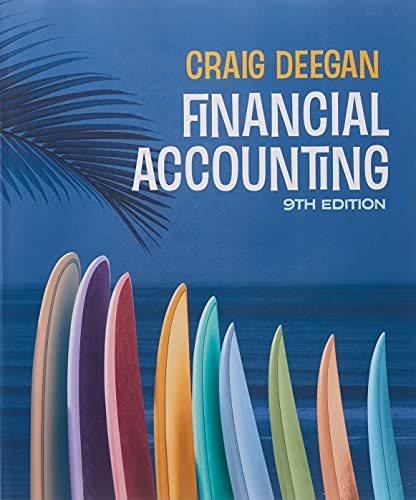Consider the following two illustrative examples, which involve a fibre optic cable (and which were discussed within
Question:
Consider the following two illustrative examples, which involve a fibre optic cable (and which were discussed within IASB, October 2015), and determine for each example whether:
- There is an identifiable asset
- The customer controls the use of the identified asset throughout the period of use
- The contract contains a lease.
Example A Customer enters into a 15-year contract with a utilities company (Supplier) for the right to use three specified, physically distinct dark fibres within a larger cable connecting Hong Kong to Tokyo. Customer makes the decisions about the use of the fibres by connecting each end of the fibres to its electronic equipment (i.e. Customer ‘lights’ the fibres and decides what data, and how much data, those fibres will transport). If the fibres are damaged, Supplier is responsible for the repairs and maintenance. Supplier owns extra fibres, but can substitute those for Customer’s fibres only for reasons of repairs, maintenance or malfunction (and is obliged to substitute the fibres in these cases).
Example B Customer enters into a 15-year contract with Supplier for the right to use a specified amount of capacity within a cable connecting Hong Kong to Tokyo. The specified amount is equivalent to Customer having the use of the full capacity of three fibre strands within the cable (the cable contains 15 fibres with similar capacities). Supplier makes decisions about the transmission of data (i.e. Supplier lights the fibres and makes decisions about which fibres are used to transmit Customer’s traffic and the electronic equipment connected to the fibres).
Step by Step Answer:






